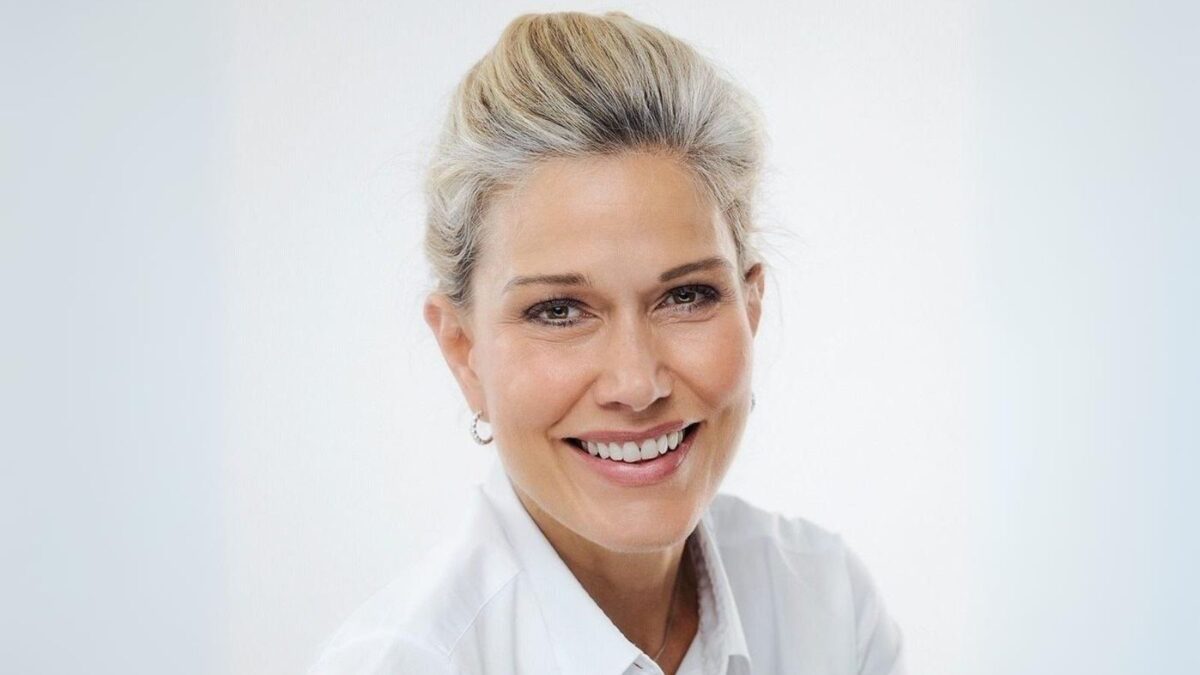Allocator/manager alignment top challenge for Systematica’s quant queen
Unlike Australia, hedge funds in the US have maintained their primacy in the portfolios of big pension funds and insurers. But one of the “big, long-term challenges” they face is achieving true alignment between themselves and the allocators whose money they manage, according to Leda Braga, CEO of Systematica Investments.
Sometimes dubbed “the queen of quants”, Braga started her career in academia before moving to J.P. Morgan during the quant boom of the 90s, later joining BlueCrest Capital Management, where she managed its BlueTrend algorithmic fund. In 2015 she spun that fund off into Systematica, which now manages circa US$17 billion.
“I often sense that, as managers, we’re desperate to make returns and do as we promised for investors,” Braga told the Alternative Investment Managers Association annual forum on Wednesday. “And I feel that pressure we feel is not necessarily the same level of pressure that allocators have. So allocators often postpone decision making – you think, ‘would you really act like that if this was your money? Are you not paid to do this stuff?’. I think that the industry doesn’t put the sort of pressure it should put on allocators and allocators don’t often act with the same level of urgency or the same level of pressure.
“There’s a bit of career hedging – ‘why am I going to defend a slightly different allocation decision?’. They’d rather be wrong but allocate to the manager that everybody’s allocating to rather than take the risk to be right and pick a manager and a strategy that not everybody’s picking.”
The other pain point for Braga – and many systematic managers that have otherwise banished (or attempted to banish) fallible human emotion from the investment process – is the behaviour of their investors during drawdowns. The perspective of many so-called long-term investors tends to extend backwards, not forwards, and Braga has seen “many instances of really poor decision making” in that paradigm.
“One CIO of a very large investor in the US was invested in a strategy of ours and the strategy drew down quite badly,” Braga said. “We didn’t display unusual behaviour – the whole segment was drawing down. I got a call from him asking if we could take some personal money from him, and I said sure. The reason was because he’d been told by the board of trustees that he had to redeem the allocation, which he opposed so adamantly that he personally invested. And he made a killing, right? The strategy bounced back – he did very well.
“Most decisions are made on an emotional basis; it’s sad, we have this great big brain and all this data but you make decisions on an emotional basis. On average you’re better off trying to control the emotional elements of your decision making and systematic trading is a lot about that: there is a process, it’s not a lottery ticket, it’s a process. You devise it based on data and try and keep it unemotional.”
Globally, hedge funds are known as much for their fee structures as their uncorrelated returns – and the former doesn’t always beget the latter. But while the industry is now in the process of maturing in respect to fees, there are “a couple of streams of fees in the industry which clash”.
“You’ve got some managers that get away with the pass through model and almost have a blank cheque from their clients to invest,” Braga said. “Then you have the other side where they’re forever negotiating fees down. I don’t think it can last – I don’t think these two styles can co-exist happily over the long-term because the means of production will move to where they’re most highly rewarded.”
But there will always be a natural tension between the client and the manager, Braga said, because the client wants to pay as low fees as possible and the manager wants to earn as much money as possible.
“What does the time frame do to that conflict? If I think in the 10 year time, how much does that client want to pay? If the client knows that we’re going to be there in 10 years if he pays a little more and we invest into our business, maybe that conflict improves. Or if I say to the client ‘okay, you can have a discount for one year – but then if you’re happy at the end of that year’ – the time dimension can often improve things. If you find a conflicting situation, ask if it’s a conflicting situation because I’m thinking between today and next week. If I think one year, do I find a better compromise?











